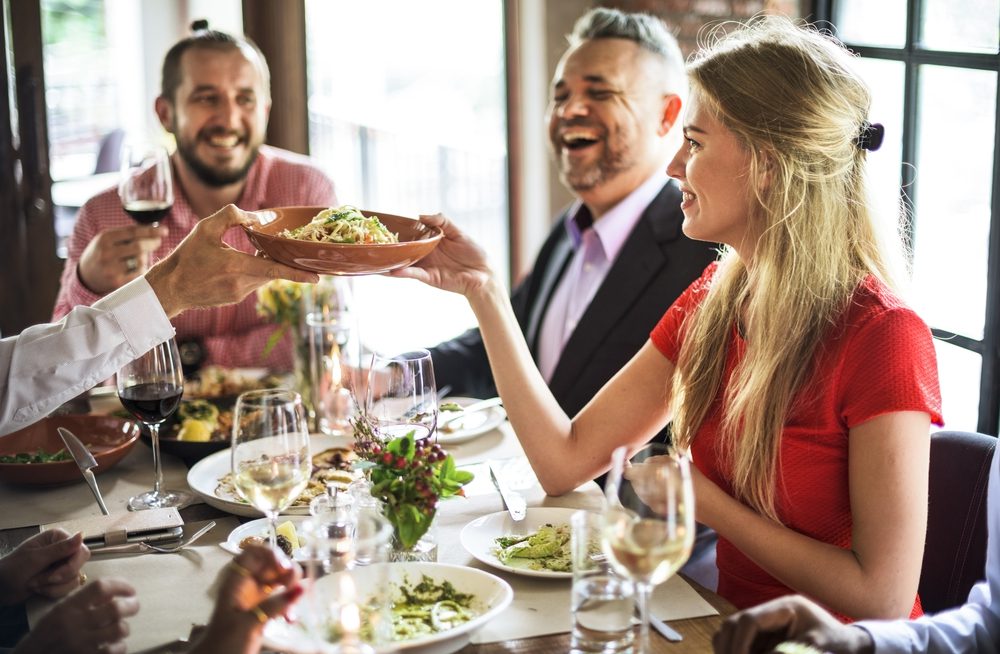
Going to the hairdresser – high risk
Hair salons are now open, but is it safe to go? According to health experts, hair salons are not the safest places to be during the coronavirus pandemic because social distancing is not an option. Nor is wearing a face mask, in most cases.
“A hair salon is a place that, by its nature, requires close contact between at least two people, either of whom could be infected with the virus and not know it,” says David Aronoff, MD, director of the Division of Infectious Diseases at Vanderbilt University School of Medicine in Nashville, Tennessee. “The biggest challenge with COVID-19 is that transmission can occur between people who appear healthy and feel well.”
How to lower the risk:
“The salon shouldn’t be crowded, it should be well-ventilated and they should keep the doors and windows open so there is good airflow. If they have an air conditioner or fan, that should be on,” said Kesh.
If you really need to go to the hairdresser, avoid activities that take a lot of time, like hair dyeing. “If I were to go to a salon, I would want to make sure that salon employees were all wearing masks or face shields, and that customers were wearing masks until points in the appointment when it’s not possible,” says Dr. Aronoff. “Also, reducing the capacity of clients and employees at the salon at any given time will maximize space between people, and lower the likelihood of transmission events.”

Eating at restaurants – medium to high risk
Restaurants have already been opened in 44 states, with new guidance from state leaders and federal experts, including the Centers for Disease Control. However, if you’re thinking of heading out to eat, you should know that restaurants are still considered risky and pose a threat to the diners’ health. Wearing a face mask is out of the question because it would make it impossible for you to eat and virus transmission is still possible even if you remain six-feet away from other clients.
“As a public health disaster researcher and educator, I think about the risk to myself, and so every person has to really take stock,” explains Robyn Gershon, MHS, DrPH, a clinical professor of epidemiology at New York University’s School of Global Public Health. “What if you live with an elderly person or somebody with chronic illness? We’ve already heard that [if you have] cancer, cardiac disease, diabetes, most any kind of chronic condition, you’re at a higher risk for severe complications.”
How to lower the risk:
If you want to stay on the safe side, opt for takeout or eat at home. The next best thing is dining outdoors, in a place that’s not very crowded.























